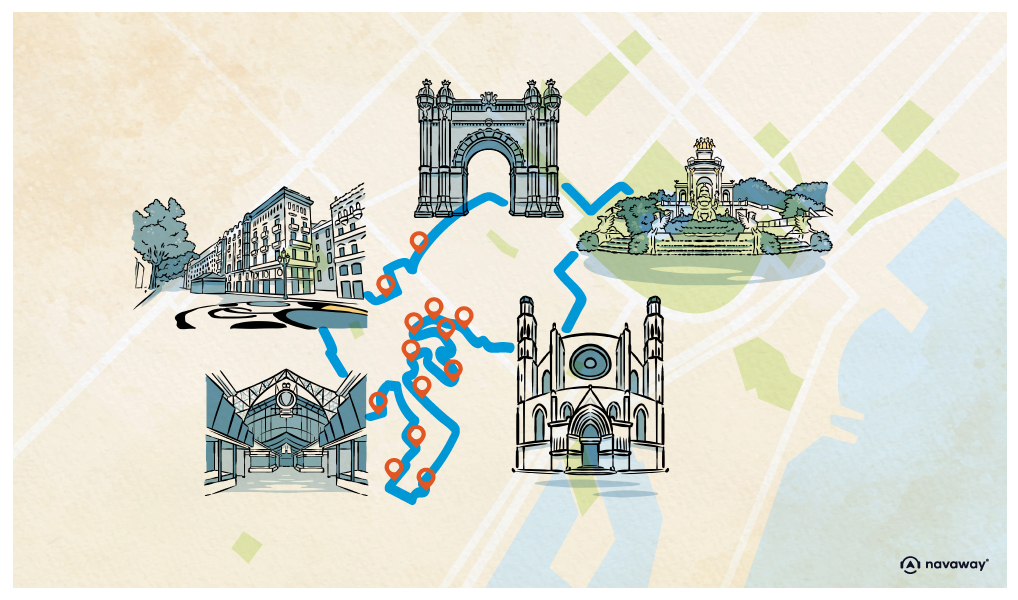
Passeig del Born
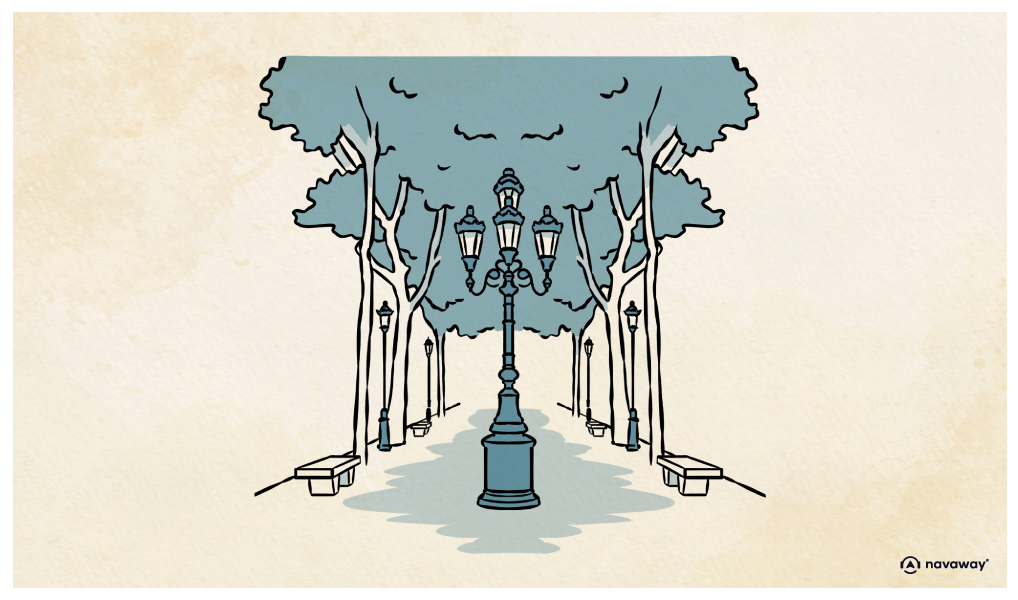
This point of interest is available as audio on the tour: Visit Barcelone, La belle catalane
The wide, peaceful avenue you’re walking up is the Passeig del Born. Dating back to medieval times, this area used to host tournaments and jousting matches between knights. The word “Born” means “list”, referring to the enclosed arena where these tournaments were held. The first Carnival celebrations and the Easter processions of Semana Santa also took place here. But the Passeig del Born hasn’t always been full of joy and celebration. In the 18th century, those condemned by the Inquisition were executed along this very road. It was also here that Philip V’s troops were stationed after the siege of Barcelona, marking the end of the War of the Spanish Succession. This war was a major conflict in 17th-century Europe— and yet, most people don’t really understand it. It all began when Charles II, the last Spanish king from the Habsburg dynasty, died without an heir. After generations of inbreeding, Charles suffered from serious mental and physical disabilities. The once-powerful Austrian bloodline had come to an end. Since royal families often married between themselves, both the French Bourbons and the Austrian Habsburgs were related to Charles and had a claim to the throne. In the end, Louis XIV’s grandson eventually inherited Spain and became Philip V. But the great European powers were very skeptical about a potential Franco-Spanish superpower. Austria opposed Philip V’s claim, and others quickly followed. If you’ve seen Game of Thrones, you understand how messy such conflicts can get —shifting alliances, political intrigue, and betrayal. The war even spread across the Atlantic, to the rival colonies of the warring nations. Back to Barcelona: in 1704, Charles III — the Austrian claimant to the throne — was recognised as king in Aragon, with Barcelona as its capital. Philip V, meanwhile, held the rest of Spain, with Madrid as his seat of power. The war dragged on until 1713, ending with the Treaty of Utrecht. Philip V was finally recognised as the legitimate king of all of Spain. These treaties reshaped the map of Europe and the New World, shifting the balance of power between major nations. For example, the French lost their colonies in North America to the English, who also gained Gibraltar and Menorca. The Duchy of Savoy gained Sicily, and Austria recovered some of its former Spanish territories, as well as the Kingdom of Naples. Everything changed. The Austrian emperor had to renounce any future claim to the Spanish crown, and Philip V — along with his descendants — had to give up any right to the French throne. That’s the end of our little historical detour, but it’s important to understand what shaped this country. Today, the Passeig del Born is a pleasant, shaded avenue with boutiques, bars, and restaurants. A cheerful place that contrasts its turbulent past.

Discover other tours to visit Barcelone

Discover Barcelone with app
An interactive guide through the most beautiful streets, squares, and districts
26 fun audioguides full of historical facts, anecdotes, and legends
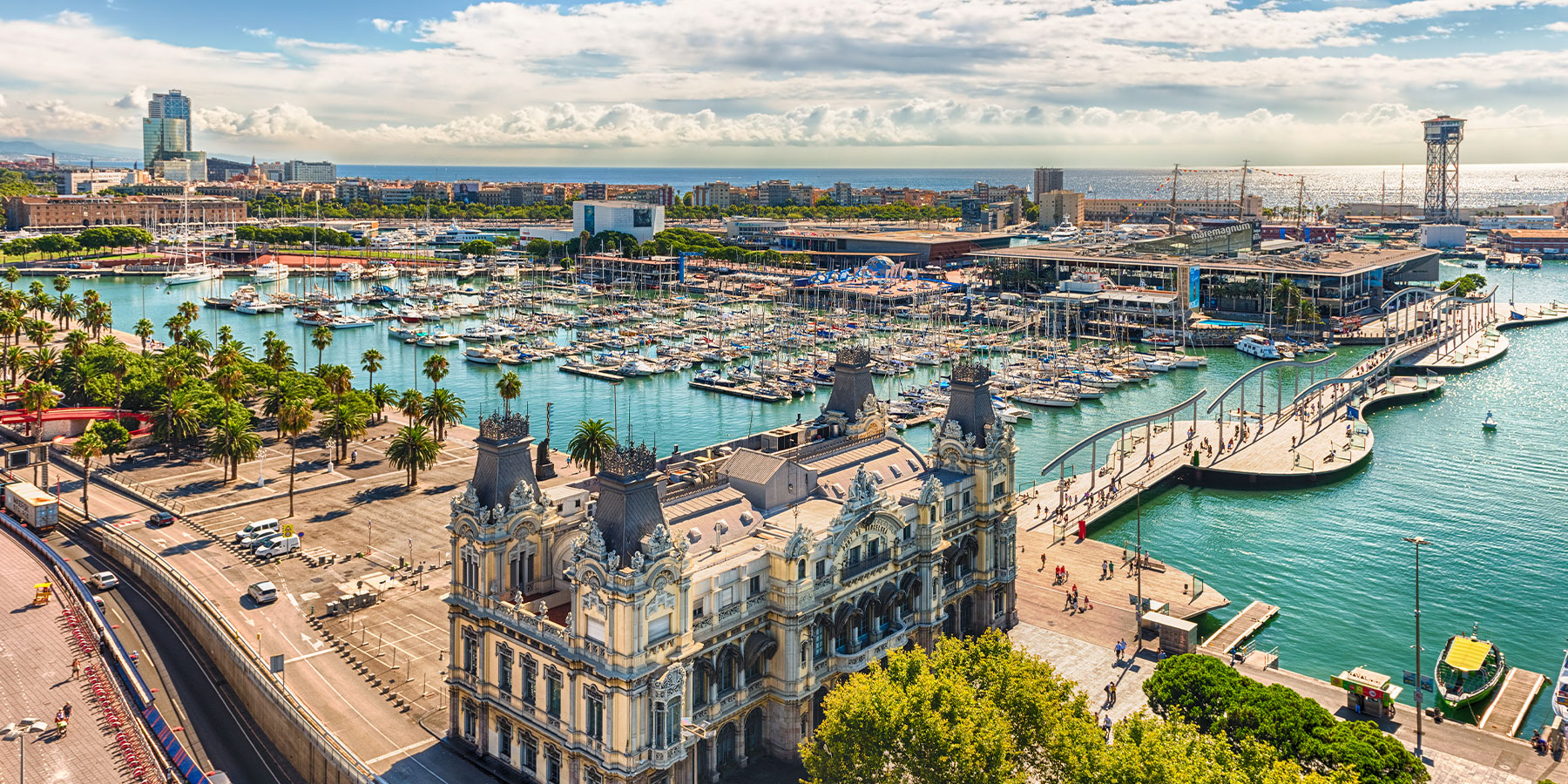
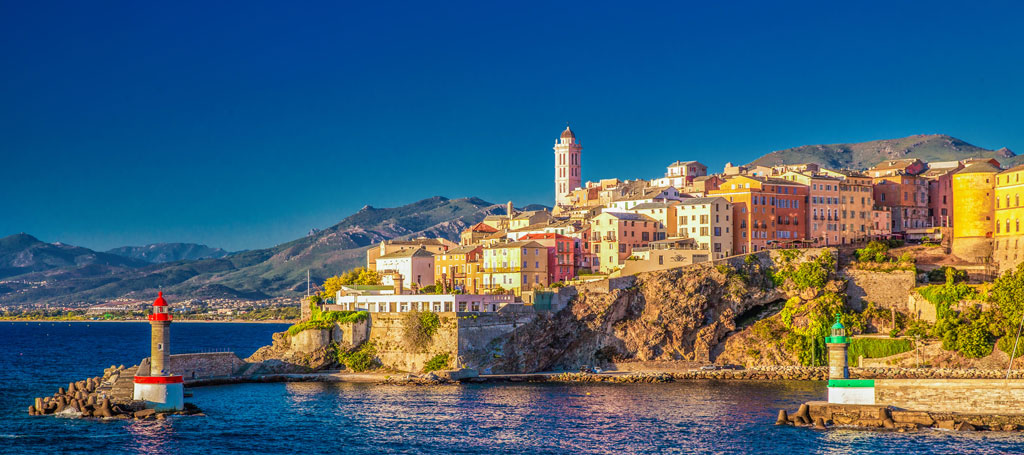
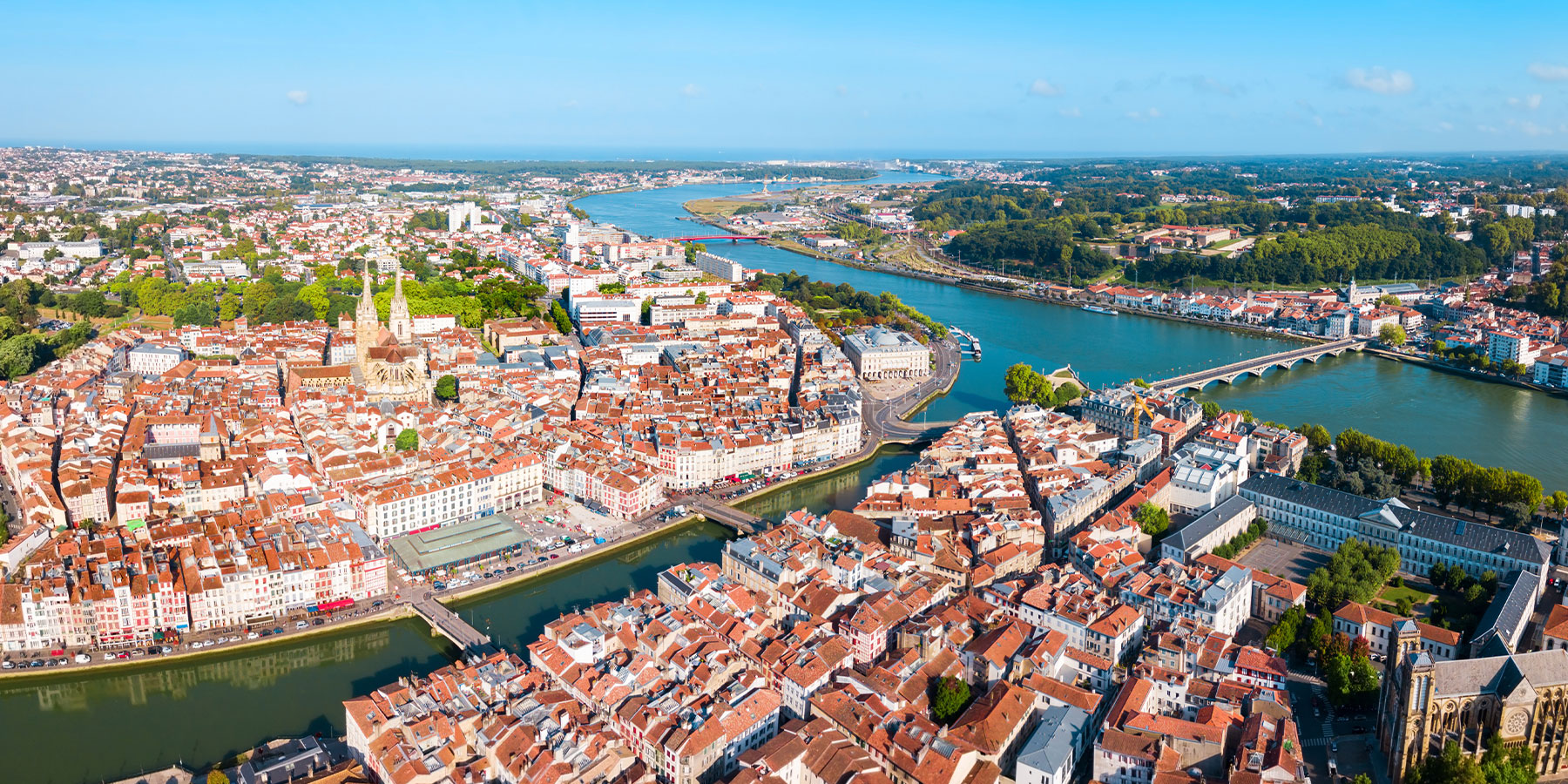
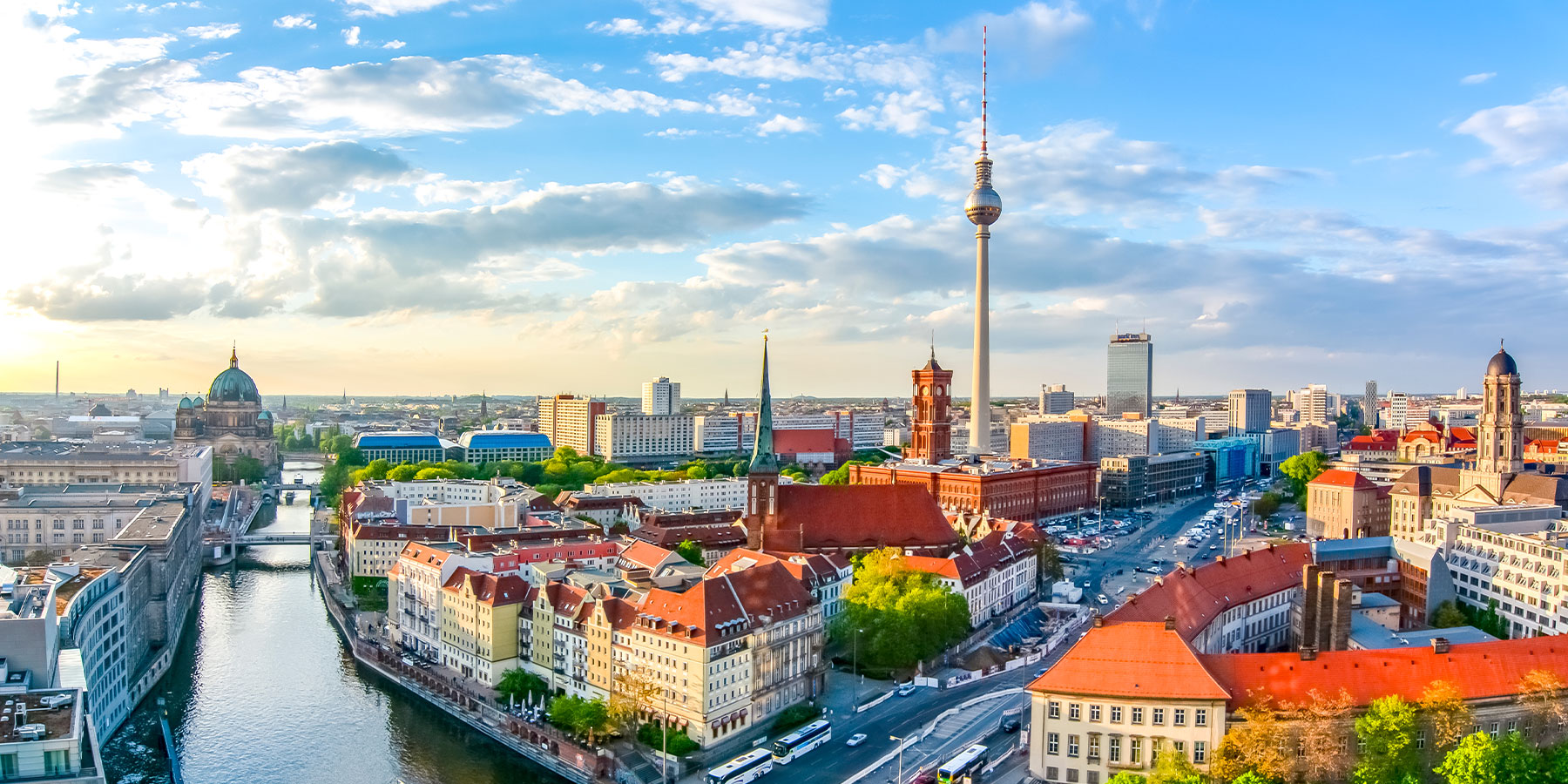


Comments